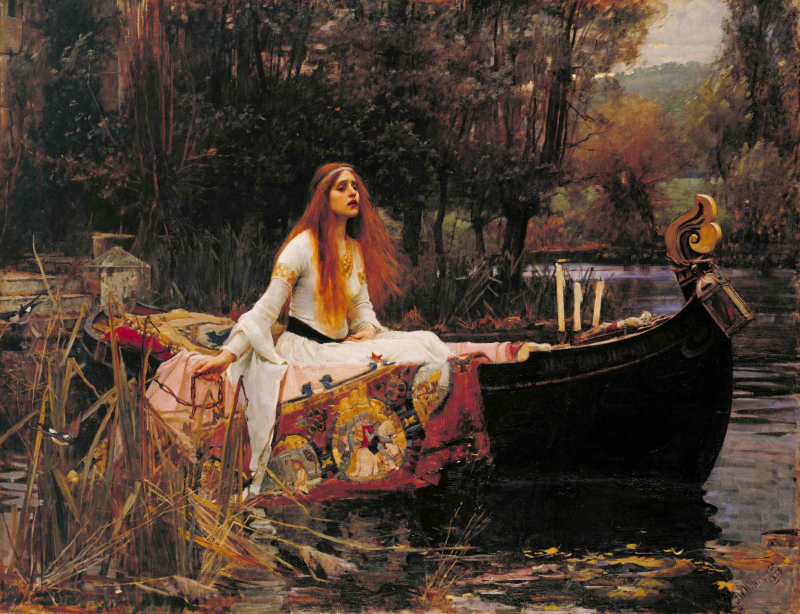IMAGE EVOLUTION
INTRODUCTION
If we compare works of art from different periods, we can see each one has a unique style and technique.
The painting is one of the oldest human activities in the history and a way to represent the culture and ideology of that period so we can say that it always changes.
In the following points it will be shown which are the characteristics of the art depending on the moment in which it is situated as of the aristic movement of then.
16th century
The birth of Venus by Boticelli
The birth of Venus is one of the main works from the Renaissance painted in 1586.
Their works are caracteristics for their armony, simetry, order and proportion. Greco-Roman art comebacks and it focuses on the figure of man but the religion is still present in art.
Venus is in the middle of the image, she is naked on a shell which brings her to the seashore. Around her there are three gods from the greek mithology.
17th century
The Descent from the Cross (Rubens)

The Descent from the Cross is an oleo by Pedro Pablo Rubens painted in 1612 from the baroque.
In this movement we find more realisim than the previous ones. It makes an atmosphere and movements highlighting what interests the author. Later it will be called gloom.
The work represents Christ dead. Around him is the Virgin Mary and several people who take him down. It's a emotial moment and the author manages give the effect of that tragedy.
18th century
The swing by Jean-Honoré Fragonard
The swing is a Rococo style art painting (1767). this work as a tribute to his lover was commisioned to François Bouche but he rejected the proposal.
The Rococo is characteristic for the use of soft, clear and bright colours. It is an art that has no religious influences. It reflects the refined, the pleasant, exotic and sensual.
The work highlights a beautiful young woman who is swung by an older man interpreted as her husband. She throws a shoe in the air to be picked up by a young man, her lover, with a leading role and illuminated in contrast to the husband. Behind him is a cupid statue who begs for silence referring to a secret.
In the eighteenth century aristocracy adultery was criticized, however, in the high social classes it was very common weddings for interest and having descendants secured while sexuality was lived separately.
19th century
Wanderer above the Sea of by Caspar David Friedrich.

Wanderer above the Sea of Fog is an oil painting made in 1818 by the German artist Caspar David Friedrich. It has been considered one of the masterpieces of Romanticism and one of its most representative works.
The Romanticism art is inspired for the ideals of the French revolution. It faces neoclassicism and it uses the landscape as a reflection of feelings and emotions.
The man who is in the middle some people interpreted him as the painter and others as the human being because we don't see his face and we can identify with him.
The lady of shallot by John William Waterhouse

This work represents the verses of a Tennyson poem that deal with an arthuric legend. It is pre-raphaelism style painted in 1888.
The authors study nature to know how to express original and authentic ideas and look for perfection in their works.
The poem tells the legend of the lady of shalott called elena or elaine who suffered a curse that did not allow her to see the exterminator through the window of the tower in which she lived. He spent weaving the accents of the arutro king and the round table that he could see in the mirror placed strategically in front of the window to see until one day the mirror shows him the lancelot mirror of the one who falls in love.
Such was his love that he turned to see him through the window. Then, knowing that the curse would lead to her death before dawn, she embarked on the river trying to reach Camelot and meet him beloved before the new day. But she died.


![#wattpad #fanfic -Donde TaeHyung se enamoró de una chica de Instagram. beliketae © 2017 [...] [21/9/17 - #29 en FANFIC] [22/9/17 - #64 en FANFIC] [23/9/17 - #146 en FANFIC] [24/9/17 - #278 en FANFIC] [26/9/17 - #485 en FANFIC] [27/9/17 - #833 en FANFIC] [28/9/17 - #965 en FANFIC] [01/9/17 - #42 en...](https://i.pinimg.com/564x/ef/37/02/ef3702832c3eab24f46b48d68c252a1b.jpg)
0 comentarios